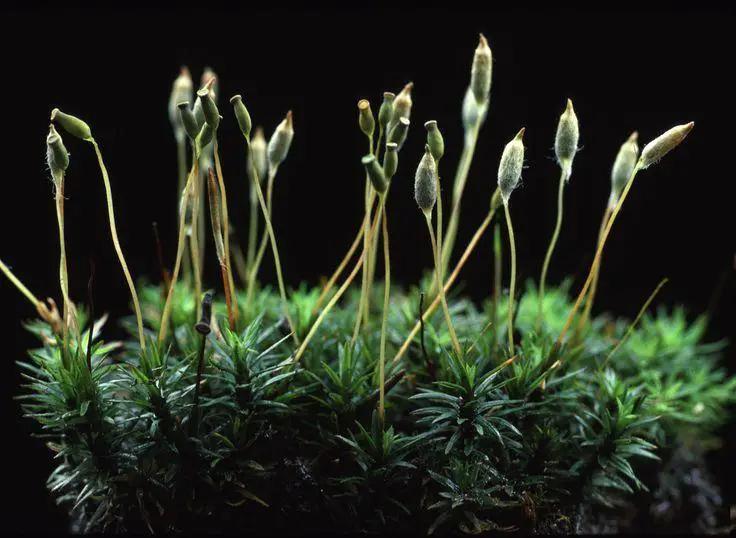Explore the Enchanting World of Pogonatum Moss: A Microscopic Marvel
Affiliate Disclaimer: As an affiliate, we may earn a small commission when you make a purchase from any of the links on this page at no additional cost to you!
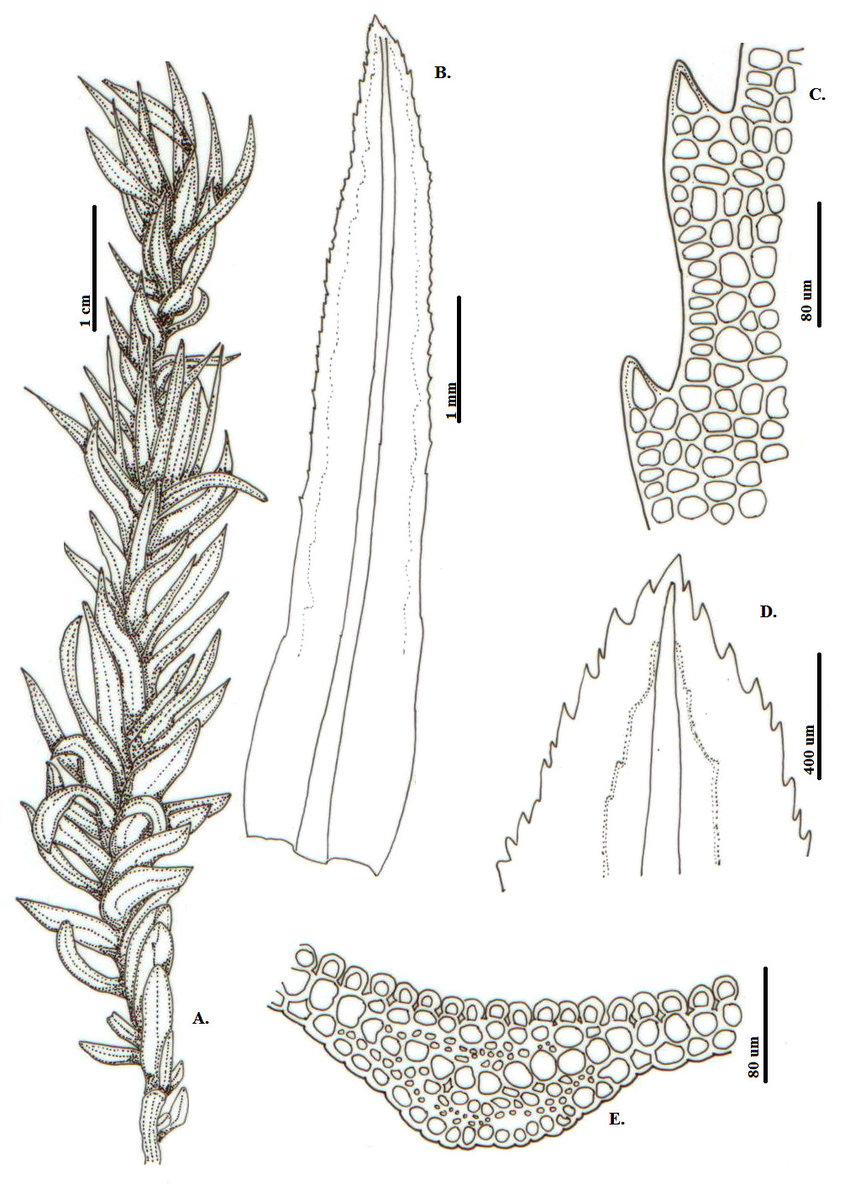
Pogonatum-semipellucidum-Hampe-Mitt-A-Habito-B-E-Hoja-B-Vista-general-C.png from: https://www.researchgate.net/figure/Pogonatum-semipellucidum-Hampe-Mitt-A-Habito-B-E-Hoja-B-Vista-general-C_fig8_318217800
Exploring the Fascinating World of Pogonatum semipellucidum Moss
Pogonatum semipellucidum (Hampe) Mitt., commonly known as Pogonatum moss, is a captivating species of moss belonging to the Polytrichaceae family. This tiny but mighty plant plays a significant role in its ecosystems and boasts unique adaptations that allow it to thrive in various habitats worldwide. In this blog post, we’ll dive into the fascinating world of Pogonatum semipellucidum and discover what makes this moss so special.
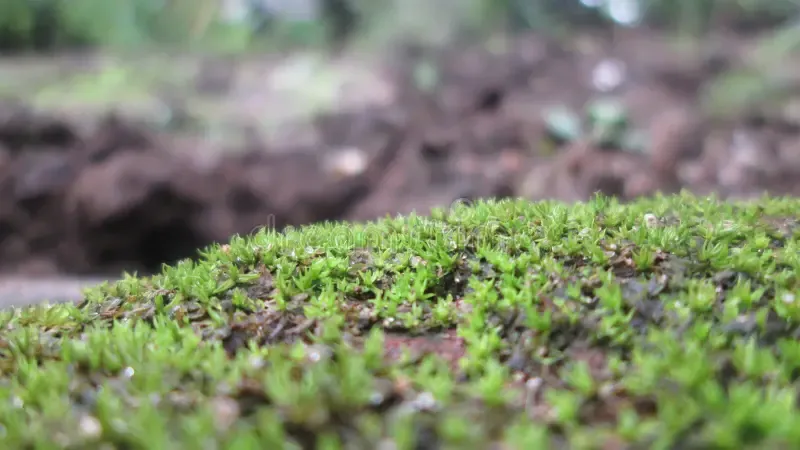
pogonatum-genus-mosses-commonly-called-spike-moss-253855448.jpg from: https://www.dreamstime.com/pogonatum-genus-mosses-commonly-called-spike-moss-image253855448
Background on Bryophytes and Polytrichopsida
Before we explore Pogonatum semipellucidum specifically, let’s briefly touch on the broader groups it belongs to. Pogonatum is a moss, which places it in the plant division Bryophyta. Bryophytes are non-vascular plants that lack true roots, stems, and leaves. Instead, they have simple structures that perform similar functions.
Within Bryophyta, Pogonatum belongs to the class Polytrichopsida, which contains some of the most complex and advanced mosses. Polytrichopsida mosses often have well-developed conducting tissues and specialized leaves, setting them apart from other mosses.
Morphology and Identification
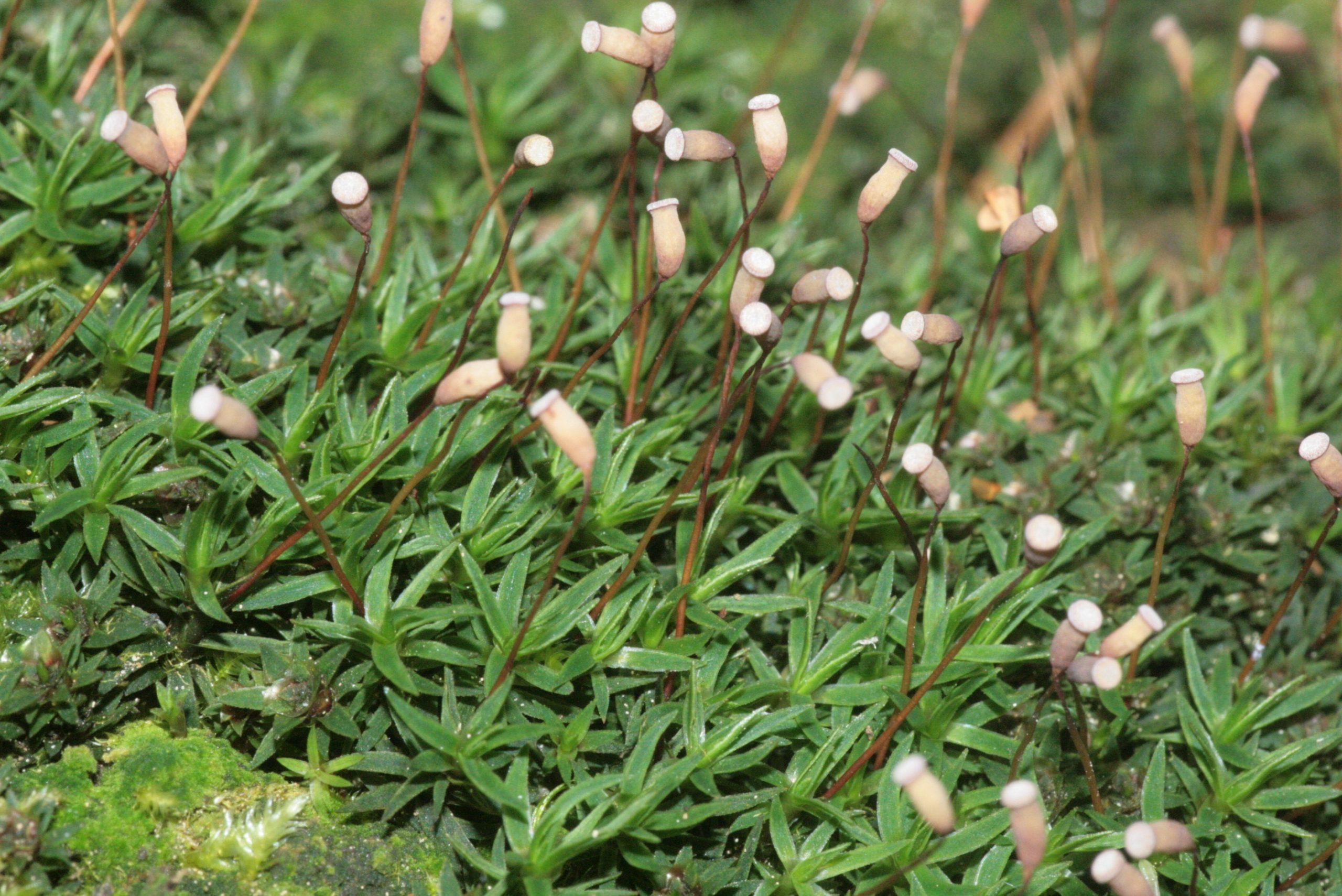
Pogonatum_aloides_c_150151-481738_2022-scaled-1.jpg from: https://terrariumcreations.com/pogonatum-aloides-moss-in-terrariums-care-guide-to-help-your-moss-thrive/
Pogonatum semipellucidum is a small to medium-sized moss that forms dense tufts or cushions. Its stems are erect and usually unbranched, growing up to 3-5 cm tall. The leaves are lanceolate (lance-shaped) and have a distinct midrib. They are arranged spirally around the stem and often have serrated margins.
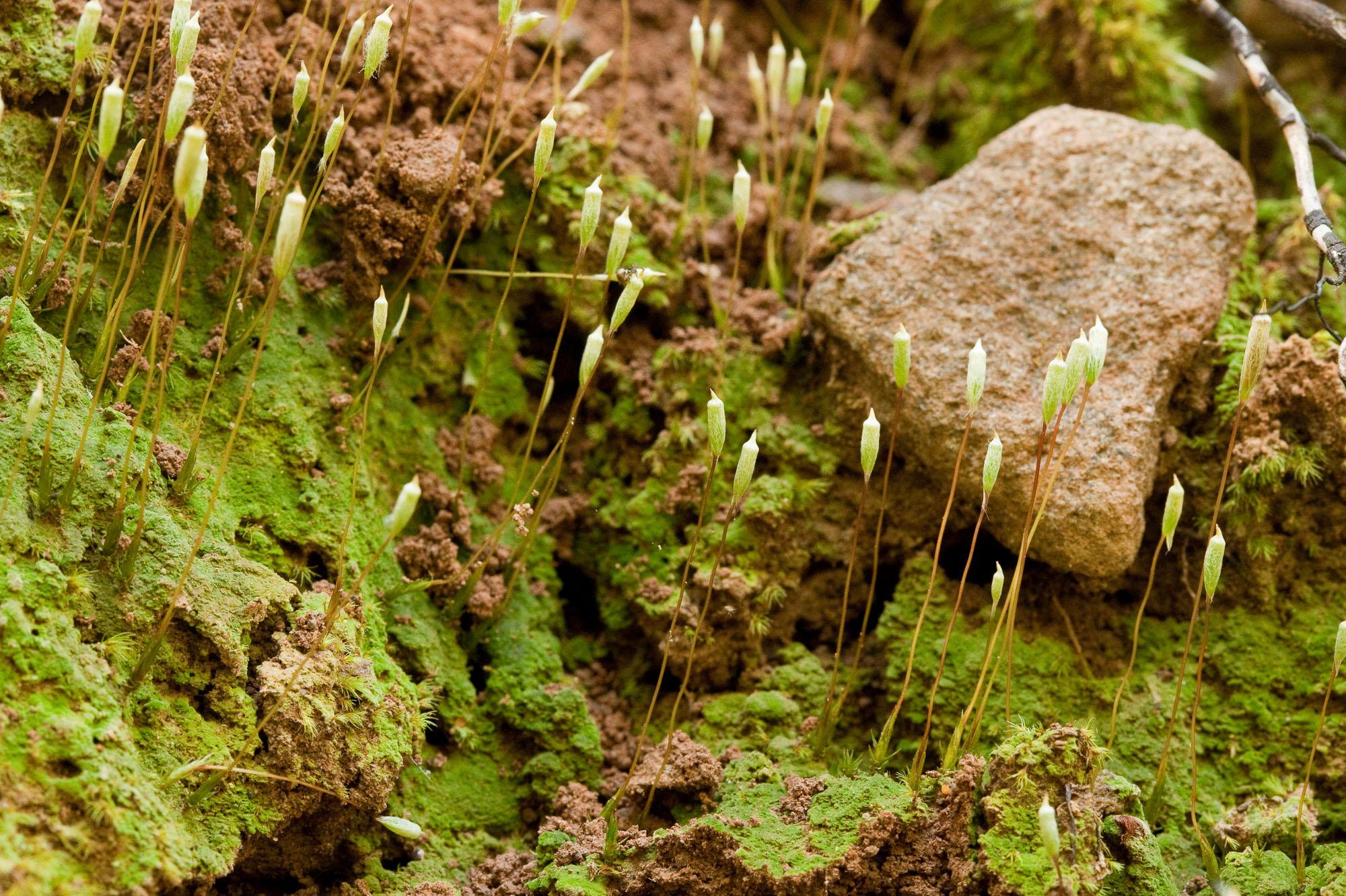
Pogonatum-pensylvanicum-2.jpg from: https://ohiomosslichen.org/moss-pogonatum-pensylvanicum/
One unique feature of Pogonatum semipellucidum is its translucent leaf cells. When held up to the light, the leaves appear semi-transparent, hence the species name “semipellucidum.” This characteristic can be helpful in identifying the moss in the field.
Global Distribution and Habitat
Pogonatum semipellucidum has a wide global distribution, found on every continent except Antarctica. It grows in various habitats, including:
- Moist, shaded areas in forests
- Along streams and rivers
- On rocks, soil, and decaying logs
- In montane and subalpine regions
This adaptable moss can tolerate a range of environmental conditions, from lowland forests to high-elevation mountain slopes.
Ecological Roles and Adaptations
Like other mosses, Pogonatum semipellucidum plays important ecological roles:
- Nutrient cycling: Mosses help capture and retain nutrients, making them available to other plants.
- Moisture retention: Their dense growth form helps maintain moisture in the soil and provides humid microhabitats for other organisms.
- Erosion control: Mosses stabilize soil and prevent erosion on slopes and streambanks.
Pogonatum semipellucidum has several adaptations that contribute to its success:
- Desiccation tolerance: It can survive periods of drought by going dormant and quickly reviving when moisture returns.
fc149954cd8532fbad4465a7f53fd560.jpg from: https://www.pinterest.com/pin/205476801731867943/
- Efficient water transport: Its conducting tissues help move water and nutrients throughout the plant.
- Spore dispersal: Like other mosses, it reproduces via spores, which can travel long distances to colonize new areas.
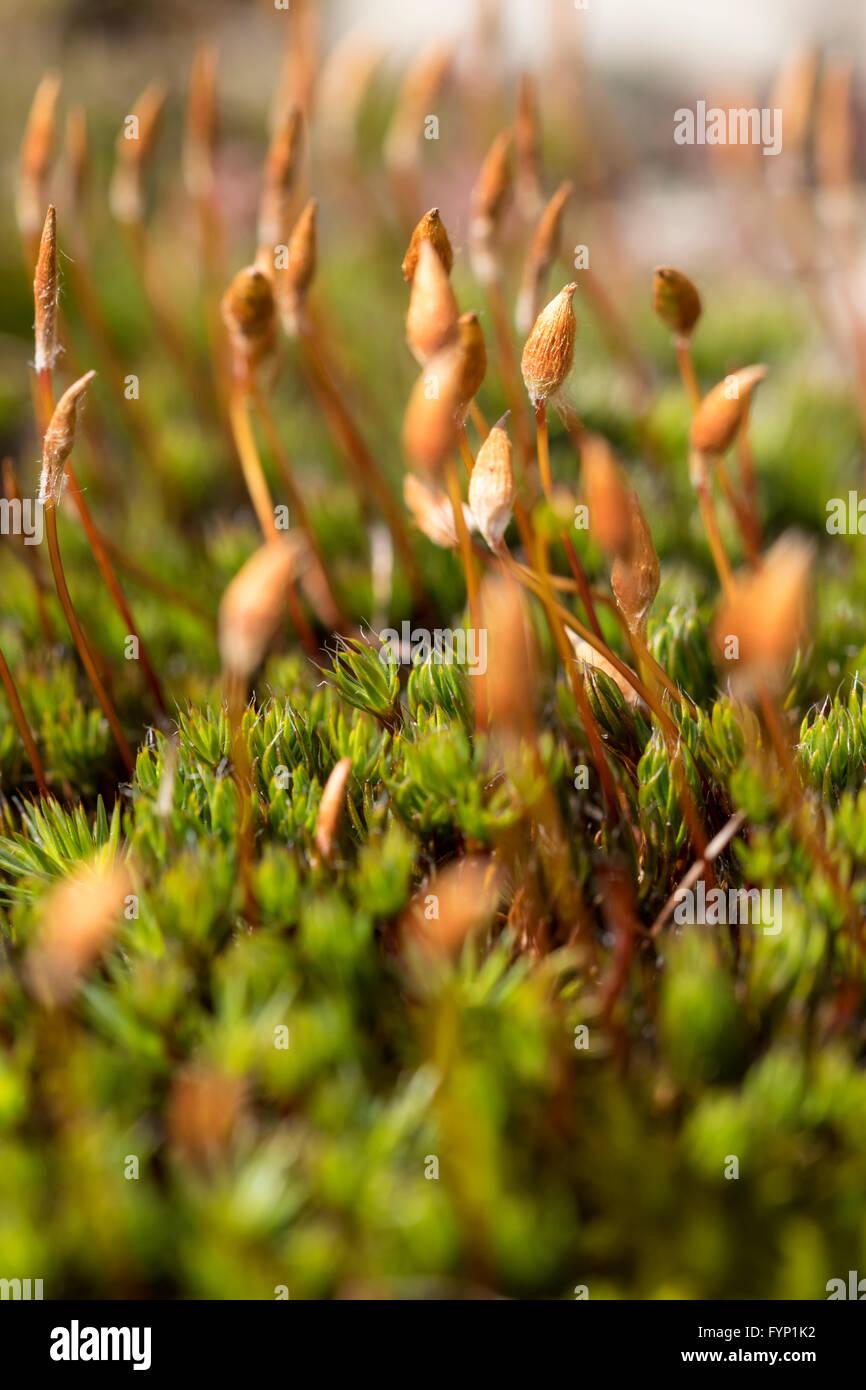
pogonatum-urnigerum-moss-growing-on-the-uplands-of-denbighshire-north-FYP1K2.jpg from: https://www.alamy.com/stock-photo/pogonatum.html
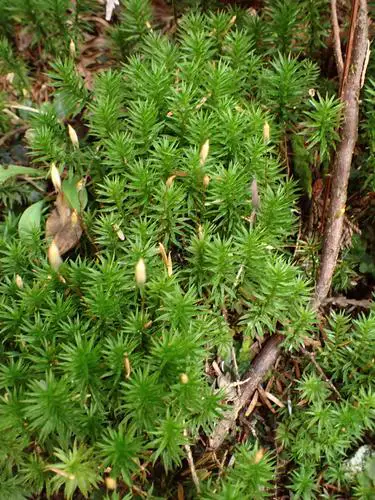
medium.jpg from: https://www.inaturalist.org/guide_taxa/1836832
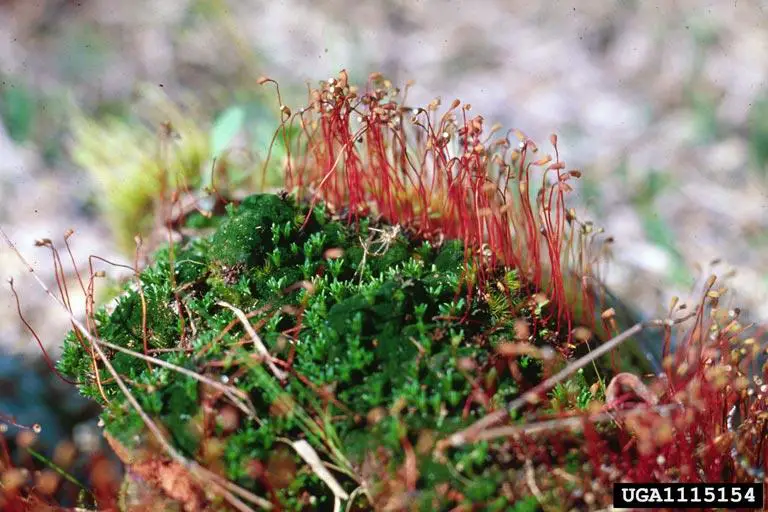
1115154.jpg from: https://www.forestryimages.org/browse/detail.cfm?imgnum=1115154

Pogonatum-urnigerum-Hedw-P-Beauv-A-fresh-habit-B-male-gametophyte-with-perigonia.png from: https://www.researchgate.net/figure/Pogonatum-urnigerum-Hedw-P-Beauv-A-fresh-habit-B-male-gametophyte-with-perigonia_fig10_331675612
| Characteristic | Description |
|---|---|
| Stem height | 3-5 cm |
| Leaf shape | Lanceolate with serrated margins |
| Leaf cells | Translucent (semi-transparent) |
| Habitat | Moist, shaded areas; forests, streams, rocks |
| Distribution | Global (except Antarctica) |
| Ecological roles | Nutrient cycling, moisture retention, erosion control |
| Adaptations | Desiccation tolerance, efficient water transport, spore dispersal |
Conclusion
Pogonatum semipellucidum may be small, but it is a fascinating and important component of ecosystems worldwide. Its unique morphology, wide distribution, and ecological roles make it a captivating subject for bryologists and nature enthusiasts alike. Next time you’re out in nature, keep an eye out for this semi-transparent moss and appreciate the complexity and beauty of the tiny world at your feet. Who knows what other secrets these diminutive plants hold?
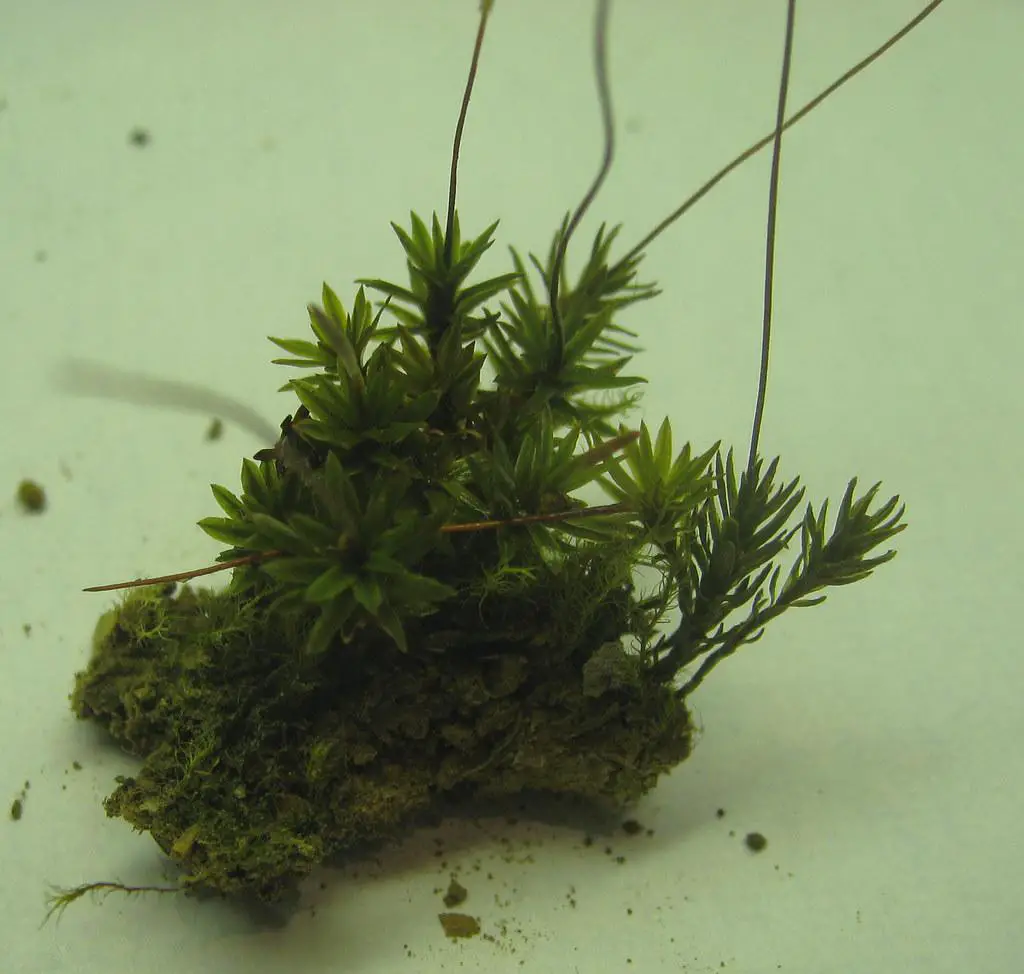
8692019674_f35d7eb6b5_b.jpg from: https://www.flickr.com/photos/9683553@N07/8692019674/

